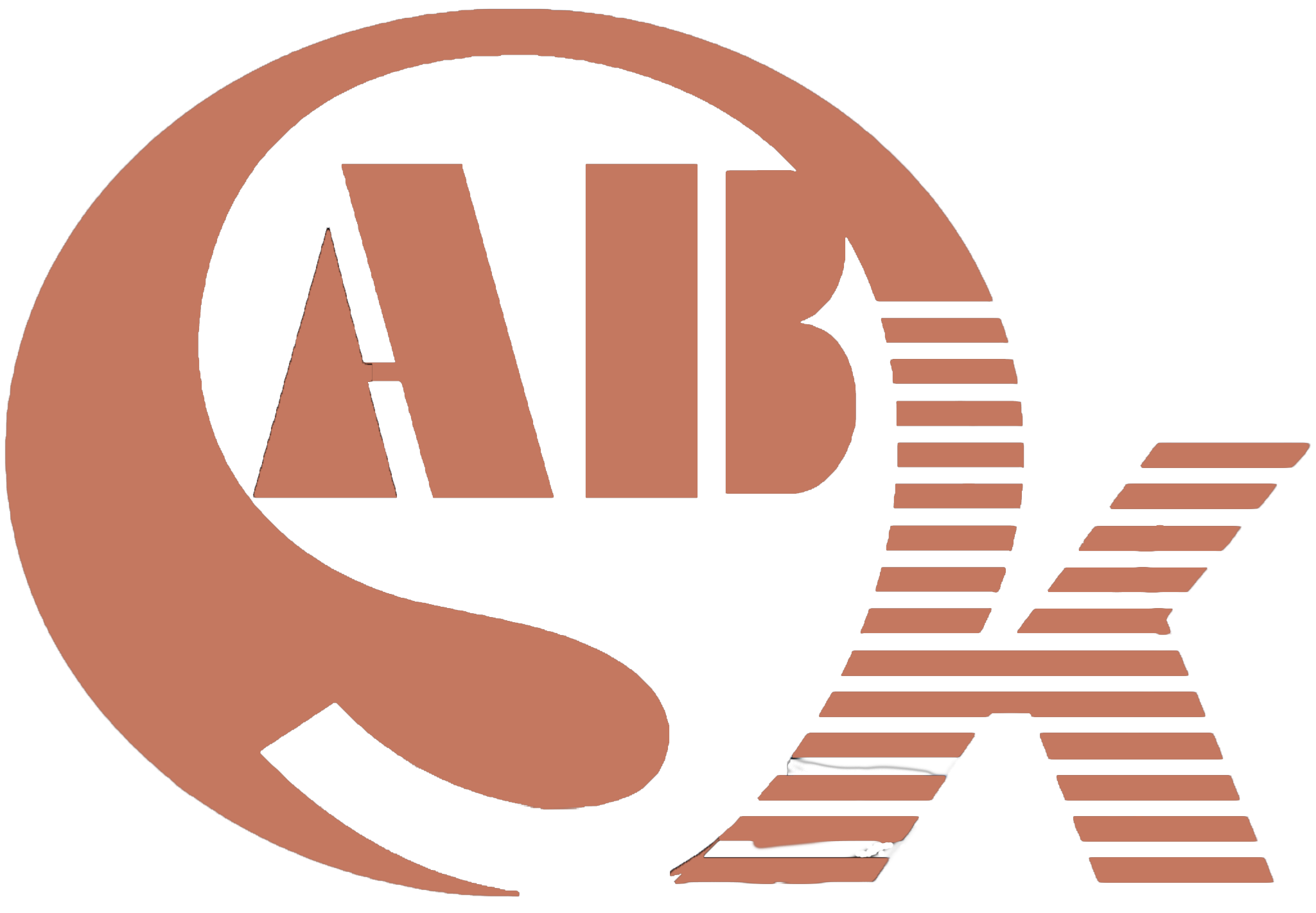In the dynamic world of welding, precision is paramount. The difference between a good weld and a great one often lies in the tools at your disposal. Welding positioners have emerged as indispensable assets for welders seeking to elevate their skills and achieve unparalleled precision. In this exploration, we delve into the transformative power of welding positioners, offering insights into their advanced technology, the optimization of welding workflows, considerations in selecting the right positioner, and how these tools can contribute to mastering welding techniques.
Unveiling the Technology Behind Welding Positioners
1. Automated Precision: The Artistry of Seamless Welds
Welding positioners operate at the intersection of technology and craftsmanship, offering automated precision that revolutionizes the welding process. These devices utilize sophisticated technology, including robotic arms and computer numerical control (CNC), to rotate and manipulate the workpiece with unparalleled accuracy. The result is a weld that not only meets but often exceeds industry standards, contributing to the structural integrity and longevity of the fabricated components.
2. Rotational Dynamics: Crafting Seams with Consistency
Central to the functionality of welding positioners is the rotational dynamics they bring to the welding process. By automating the rotation of the workpiece, welders can achieve consistent and uniform welds. The controlled movements of positioners eliminate the variability associated with manual rotation, ensuring that each weld is executed with precision and repeatability.
Optimizing Welding Workflow with Positioners
1. Streamlining Large-Scale Production: Industrial Applications
Welding positioners excel in industrial settings where large-scale production is the norm. These devices are designed to handle the demands of continuous and repetitive welding tasks, ensuring consistent quality across a multitude of components. From the construction of structural steel beams to the fabrication of automotive components, the efficiency of welding positioners streamlines production processes and contributes to faster project turnaround times.
2. Aerospace Manufacturing: Elevating Precision in Critical Components
The aerospace industry demands the utmost precision and quality in every component, and welding positioners rise to the challenge. These devices are invaluable in the fabrication of critical aerospace components, ensuring that welds meet stringent standards for safety and reliability. The automation of rotational movements in welding positioners not only enhances precision but also minimizes the risk of defects in components destined for use in demanding environments.
Choosing the Right Welding Positioner
1. Technology Integration: Staying Ahead in the Welding Game
Selecting the right welding positioner starts with an understanding of the technology it integrates. Look for positioners that leverage the latest advancements in welding technology, such as real-time monitoring systems, adaptive control features, and user-friendly interfaces. The ability of the positioner to adapt to diverse welding tasks and provide real-time feedback contributes to overall efficiency and user experience.
2. Customization Capabilities: Tailoring to Unique Projects
No two welding projects are alike, and the ability to customize welding positioners is a valuable feature. Reputable manufacturers offer positioners that can be tailored to meet the specific requirements of each project. Whether it’s adjusting rotation speed, accommodating different workpiece sizes, or integrating additional features, customization ensures that the welding positioner aligns seamlessly with the unique demands of your welding projects.
Mastering Welding Techniques with Positioners
1. Precision Welding Unleashed: Achieving Seamlessness
One of the primary advantages of welding positioners is their ability to consistently produce high-quality welds. The precision offered by rotational dynamics, coupled with advanced control systems, ensures that each weld meets or exceeds industry standards. This level of consistency is especially crucial in industries where the structural integrity of welds is paramount, such as in construction and manufacturing.
2. Increased Productivity: Reducing Effort, Enhancing Results
Welding positioners contribute significantly to increased productivity in welding operations. The speed and efficiency with which these devices execute welds reduce the time and effort required for each project. This not only allows welders to take on more projects but also enhances overall operational efficiency, making welding positioners valuable assets in competitive industries.
Conclusion: Precision Redefined in Every Weld
In conclusion, welding positioners stand as game-changers in the world of welding technology. The integration of rotational dynamics, advanced control systems, and user-friendly interfaces elevates the precision, efficiency, and productivity of welding operations. Whether in large-scale industrial fabrication, aerospace manufacturing, or other specialized applications, the wonders of welding positioners redefine what is achievable in the realm of welding.
As welders and businesses navigate the landscape of welding solutions, the emphasis on advanced technology integration, customization capabilities, rotational dynamics, precision welding, and increased productivity becomes paramount. The era of precision welding, unleashed by the power of positioners, is here, reshaping the future of the welding industry.
